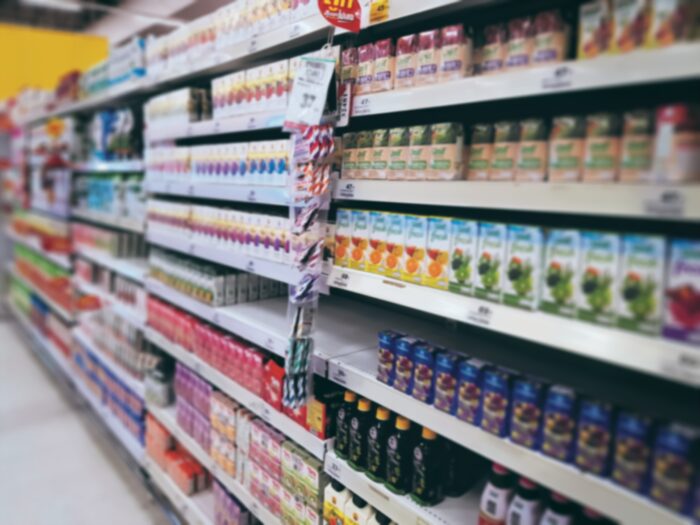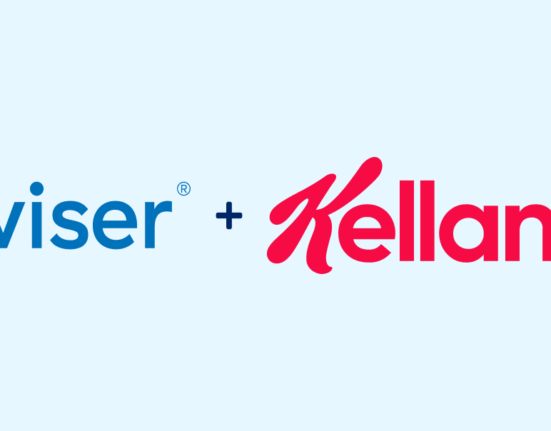As a retailer, getting shoppers into your store is the first big hurdle, but then comes an even more complex beast—getting them to make a purchase.
One essential component of this is using the best retail assortment strategy for your store.
For some retailers, simply offering a wide variety of items is the key, even if they’re somewhat unrelated. Think Five Below, Dollar Tree, or even Amazon. All of these brands offer a large, varied product mix. This works for them because of their brand reputation of being either low-cost or convenient.
For others, the niche can be a little narrower.
For example, an ice cream shop might offer other treats like frozen yogurt, cookies, or candies to appeal to customers who aren’t looking for ice cream. Or a popular burger spot might offer a veggie patty or meat substitution patty to appeal to vegetarians. In both examples, the sellers are widening their product mix with products that are very similar and related to their niche.
These are all examples of an optimized assortment plan.
What Are Retail Assortment Strategies?
Also referred to as a “product assortment strategy,” retail assortment strategies have to do with the number and type of products that stores offer to customers. Deciding on your product assortment isn’t as simple as it might sound. There are many different factors to consider.
If your product range is too narrow, then you won’t be able to meet consumer demand. Too wide and you’ll end up with leftover dead stock. Every retail store has a different assortment. Even similar stores like Lowe’s and Home Depot won’t carry the exact same products. The best strategy will be what works for your specific business, not your competitors. If done right, your product assortment can be the key to increased sales and customer satisfaction.
Successful retail assortment strategies will take many different factors into account, such as customer base, location, store capacity, etc.

There are two main components of a retail assortment strategy:
- Width – Product width refers to the number of different types of products a retailer might sell. For example, Walmart sells clothing, produce, furniture, toiletries, and much more. This is an example of a wide assortment.
- Depth – Having a deep assortment means that the retailer sells only a few types of products, but there are many different variations available. An example of this would be a shoe retailer like Crocs. They mostly just sell shoes and shoe accessories, but they offer many variations and have a whole store built around this. This is an example of a deep assortment.
Assortment can vary depending on a number of factors, like the season or region.
For example, a coffee chain may push their frozen drinks and refreshers during the warmer months, while offering seasonal flavors around the holidays. Similarly, a sports equipment retailer might focus more on camping and beach items during summer but push snowboarding and skiing equipment in the winter.
The best retailers gain even more of an advantage by having data-driven, well-planned retail assortment strategies.
Why Is Retail Assortment Important?
Your assortment planning affects what products the shoppers are interacting with and eventually purchasing, so there’s a direct link between assortment and sales. Because of this, there are several benefits that can result from an optimized retail assortment strategy, such as:
Increased Sales
It may seem obvious, but as a retailer, you should be aiming to offer your customers the exact products that they need. This way you can rely on regular purchases with little worry of retaining dead stock.
Assortment planning can deeply influence shopper purchases because there so many different factors that go into its creation, such as:
- Width and Depth
- Price Point
- Shelf Life
- Store Layout
- Promotions
- Visual Merchandising
All of these different elements and more go into creating an optimized retail assortment strategy. If you hope to influence the customer path to purchase within your stores, then considering these factors is essential.

Increased Customer Base
According to Salesforce, 73 percent of customers expect companies to understand their unique needs and expectations. So, making sure your retail assortment accurately reflects their needs can be the difference between a sale or losing a customer altogether.
Shoppers want to be able to trust that they can find all their favorite products at your store every time. Things like store layout, navigability, and inventory levels all relate to your retail assortment strategy.
Types of Assortment Strategies
There are many different possible assortment strategies for retailers to utilize. Each business will choose a different strategy based on whatever works best for their store.
There are five main types of strategies that most retailers choose from:
No. 1: Wide Assortment
As stated previously, having a wide, or broad, assortment means that a retailer carries a variety of different products with few variations.
Stores like Target or Walmart carry an extensive range of products from clothing to groceries to pharmaceuticals.
This strategy allows retailers to appeal to a wider audience and meet many different types of needs all in one convenient location.
No. 2: Deep Assortment
Deep product assortments function opposite of a wide assortment strategy. This means that these retailers sell only a few types of products but do offer many different varieties within those categories.
Clothing and shoe stores like Shoe Carnival or Nordstrom are good examples of this. They only really carry one or two types of products, shoes and clothing respectively, but the variants within those types are extensive.
This strategy appeals to shoppers who are passionate about a particular product and exist within a niche.
No. 3: Mass Market Assortment
Mass market assortment strategies function by being both wide and deep and are really only used by big brands. Some examples are Lowes and Home Depot which both offer a wide range of different home improvement and building products, as well as a variety of choices within those categories.
The goal with this strategy is to appeal to as many shoppers as possible with as many products as possible, even those that exist within a niche.
This strategy is not very attainable for most retailers.

No. 4: Localized Assortment
Localized retail assortments function exactly the way you’d expect—by location. This strategy allows retailers to cater their product assortments to meet the needs of the community in a specific area.
For example, a shoe store will likely offer different types of shoes in a coastal, beach area versus a snowy, mountainous area. Because the weather and local activities are so different, selling the exact same assortment just wouldn’t be wise.
No. 5: Scrambled Assortment
Retailers use a scrambled assortment strategy to appeal to customers outside of their target audience. This means that they will offer their normal product mix with a few odd products mixed in. This can attract more customers and increase cross-selling opportunities in-store.
An example of this strategy would be a cake shop offering candles or plates and napkins. These products are not baked goods, but they are related enough to the main product that shoppers are likely to purchase these items as well.
How to Choose the Right Assortment Strategies for Your Business
Choosing the right assortment of products for your business is tough, and optimizing your strategies is even tougher. You don’t need to worry about offering every possible product out there but should focus on catering to your particular audience’s needs within your means.
The best retailers gain even more of an advantage by having data-driven, well-planned retail assortment strategies. Consider factors like target customer base, location, season, and other shopper preferences when creating your strategy.
It’s inevitable that consumers will change their preferences, so make sure to stay up to date with your audience and anticipate their needs and demands.
Visit Wiser.com today to learn more about Retail Execution.














